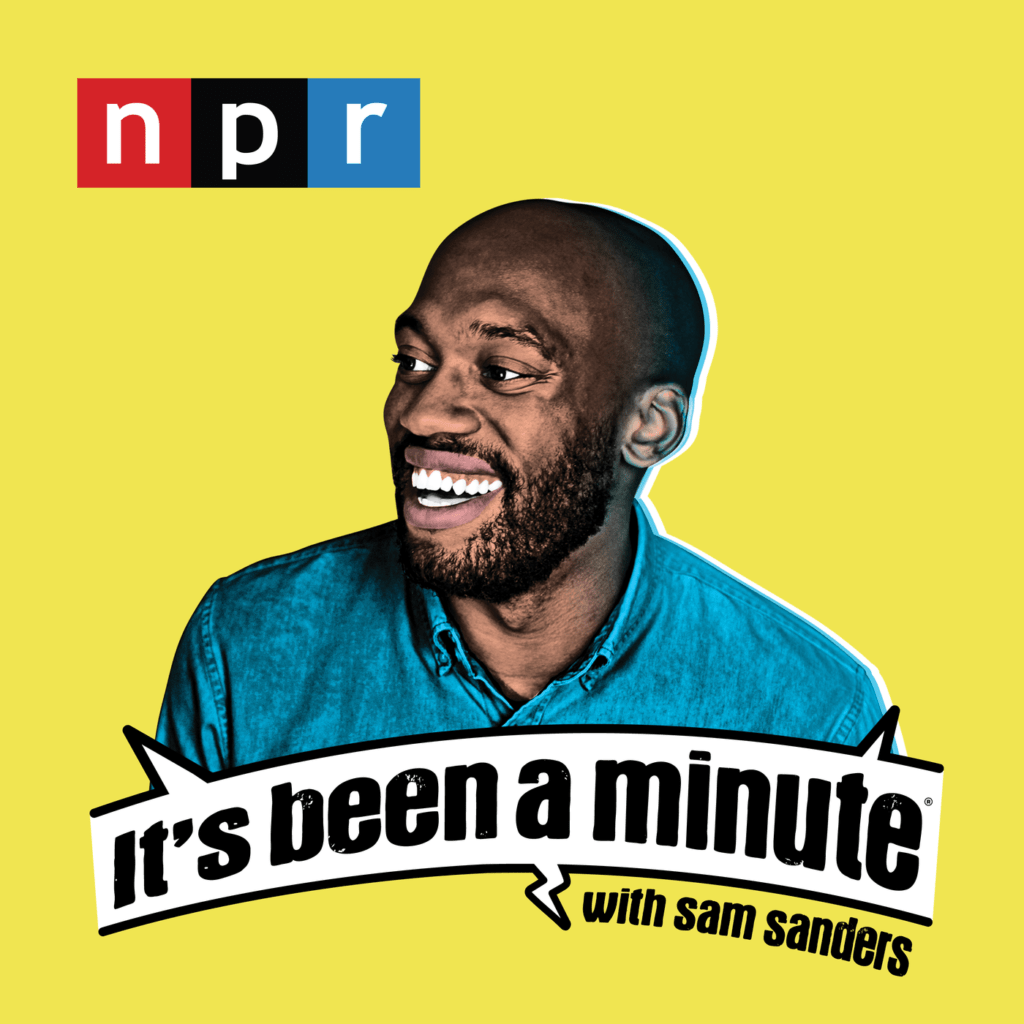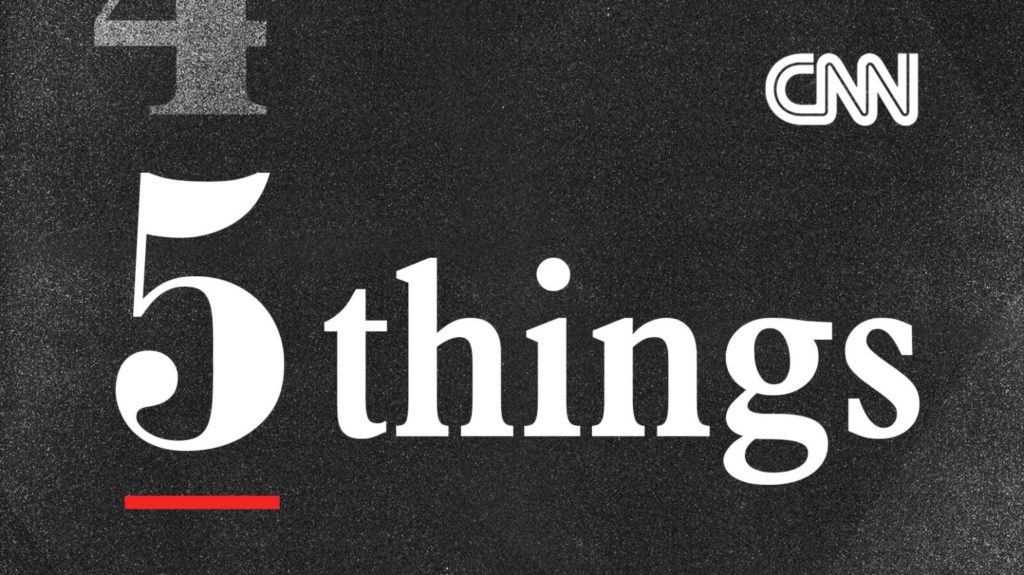
For radio broadcasters, digital successes have been checkered. While studies like Techsurvey continue to emphasize how core radio listeners have gravitated to digital – streams, apps, smart speakers, podcasts – the fact is that creating original content for these digital channels can be expensive. And risky.
Just because even a successful station produces a podcast is no guarantee it will draw a sizable audience or attract willing sponsors. As so many content creators have learned in the Digital Age, just because you build it is no guarantee that they will come…or that you’ll make any money.
More and more traditional media brands are facing this challenge – wanting to meet the audience where they are without generating a sea of red ink.
The solution may be in repurposing content. That is, taking something that has shown success in one place, and modifying it to fit on another channel. The most common application of this version of “radio recycling” is to identify something on the air that works – a morning show benchmark, a feature, a weekend show, and even an event – and retrofitting it for another format, like podcasting, social media, mobile apps, or websites.
But it is important to note that repurposeable content doesn’t necessarily have to have its origins on the air. In fact, it can start elsewhere, and end up on the radio airwaves. In some cases, for example, a podcast can become a radio show. NPR is now beginning to work that angle with more frequency. The Washington Post reported last month the wildly successful podcast, Code Switch will become a radio show next year.
 And the “poster podcast” is Sam Sanders’ It’s Been A Minute. It started as a podcast that over time amassed an impressive, loyal audience. NPR then repurposed it to a radio show that now boasts nearly 500 affiliates across the public radio system.
And the “poster podcast” is Sam Sanders’ It’s Been A Minute. It started as a podcast that over time amassed an impressive, loyal audience. NPR then repurposed it to a radio show that now boasts nearly 500 affiliates across the public radio system.
That’s just the beginning, as more media brands reimagine their content on other platforms.
CNN is having success with metamorphosing some of its assets. And as this next example emphasizes, it came from an unlikely content silo:
A newsletter
The newsletter medium is rapidly gaining in popularity overall – especially when they’re focused on newsy topics. As the newspaper and magazine businesses have fallen into the death spiral, newsletters are rapidly replacing them as smart, agile, and less expensive alternatives.
Part of it is economics. A newsletter doesn’t come with all that legacy overhead plaguing newspapers – buildings, printing presses, delivery trucks, and staffing requirements among them. Many breakthrough newsletters have been launched and populated with former newspaper people, a handful of computers, and an email database.
The CNN network produces an armada of newsletters – about two dozen to be exact. 5 Things launched in 2015 – doing what some of your morning shows do – concisely present a shortlist of the five things you need to know to start the day – a perfect format for a newsletter.
exact. 5 Things launched in 2015 – doing what some of your morning shows do – concisely present a shortlist of the five things you need to know to start the day – a perfect format for a newsletter.
Digiday’s Sara Guaglione reports the CNN team is now recycling this franchise into other asset classes.
The first move was taking the newsletter’s concept to podcasts. And now, the 5 Things podcast accounts for more than 40% of CNN’s total podcast downloads.
One interesting aspect is they promote the podcast as having a length that’s “under 5 minutes,” a brilliant move. After all, who says podcasts have to be 45 minutes long – or longer?
And that’s not all, 5 Things now has a morning and an afternoon newsletter, and is now looking at a weekend edition. And yes, CNN is monetizing these podcasts and the newsletters.
Now, 5 Things has also hit the CNN airwaves. It’s become a benchmark on the network’s morning show New Day. According to Guaglione, the brain trust is thinking about different podcast editions, along with more 5 Things newsletter versions by topic, regions, and time zones.
 But it all started with the recognition of how success in one format can be repurposed to others. Courtney Coupe, SVP Digital Productions for CNN, explains the strategy this way:
But it all started with the recognition of how success in one format can be repurposed to others. Courtney Coupe, SVP Digital Productions for CNN, explains the strategy this way:
“We saw ‘5 Things’ as a brand that already had such a strong value proposition [and] voice, so we want to grow and build upon that.”
And it doesn’t hurt that the 5 Things franchise is familiar and also stands for brevity. On a network known for its 30 and 60 minute programs, a feature that’s bite-sized stands apart in a good way.
None of the success for 5 Things and its various new forms comes without effort and audience research. CNN has staffed up both its newsletter and podcast teams to accommodate the additional content and time demands.
They’re also keeping a pulse on the audience to ensure these products are delivering on their promise. Digiday reports CNN conducting focus groups with listeners every other week.
Part of the challenge is moving the audience from newsletters to audio podcasts. Coupe says a major takeaway from the audience focus groups is the demand for “credible, trusted information (that) easily fits into their lives. (Not) something long, that they had to carve out time for.”
That’s another kernel of information from CNN, a network entirely made up of longform shows – hour-long news segments and news/documentary specials requiring attention, time, and focus. Short-form programming like 5 Things can be a welcome alternative when programmed in the right places.
It’s analogous to radio, a medium comprised of shows, some of which occupy four and five hours of time. The idea of more bite-sized programming in different content silos may very likely be appealing to audiences across many different formats.
content silos may very likely be appealing to audiences across many different formats.
It also suggests the wisdom of convening the programming and digital teams inside stations and clusters to evaluate the potential of repurposing existing franchises to other platforms, as CNN did. What content are stations and their shows now producing that could be tailored to another media category or outlet?
From there, it’s about creating a blueprint – mapping out how to move content from one distribution outlet to another – what does that look like, what will it cost, who will do it, and how can it best be marketed?
Let’s not forget that bootstrap innovation and the creation of brand new concepts are always desirable. But even better and more cost-effective is identifying existing content that already has a winning track records with audiences.
As NPR, CNN, and other networks are proving, audience research can help solidify and explain appetites for familiar shows. It may be difficult to “pre-test” new ideas that don’t exist. But it’s simple to determine whether a familiar benchmark bit could become something bigger somewhere else.
Strategic recycling is tailor-made for great brands.
What’s on your air that could be repurposed to other content categories?
- What To Do If Your Radio Station Goes Through A Midlife Crisis - April 25, 2025
- A 2020 Lesson?It Could All Be Gone In A Flash - April 24, 2025
- How AI Can Give Radio Personalities More…PERSONALITY - April 23, 2025




Ironically, Audacy’s new “exclusive stations” might provide a different kind of example: playlists that are associated with a particular air talent–even, in a few cases, a Sports host.
Ironically is the word.